I always get rather impatient this time of year.
Is it because of the weather being so hot, humid and hazy? No. Is it that the hunting seasons are just around the bend? No. Then, why?
Well, I am a gatherer, a prairie wanderer – if you will, and I am anxiously waiting to harvest elderberries during these dog days of summer.

ELDERBERRIES!
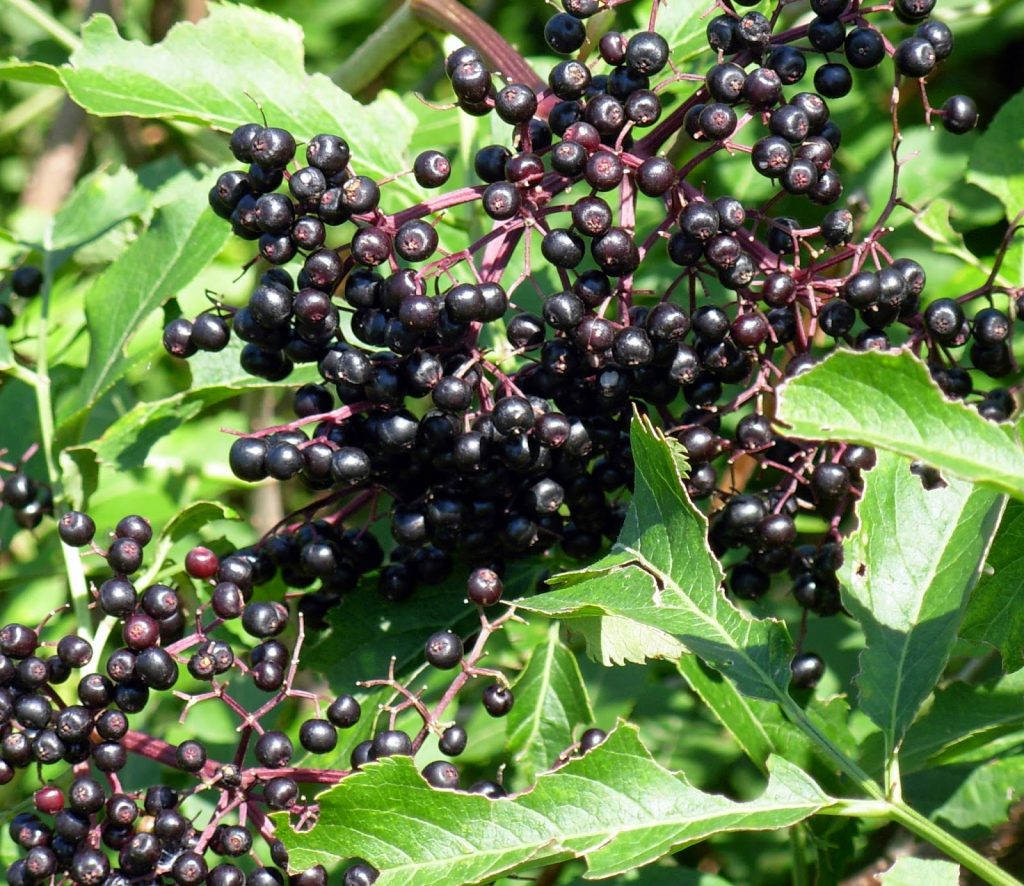
I am thinking about that tasty, homemade elderberry jelly that a buddy of mine makes. Oh, so good!
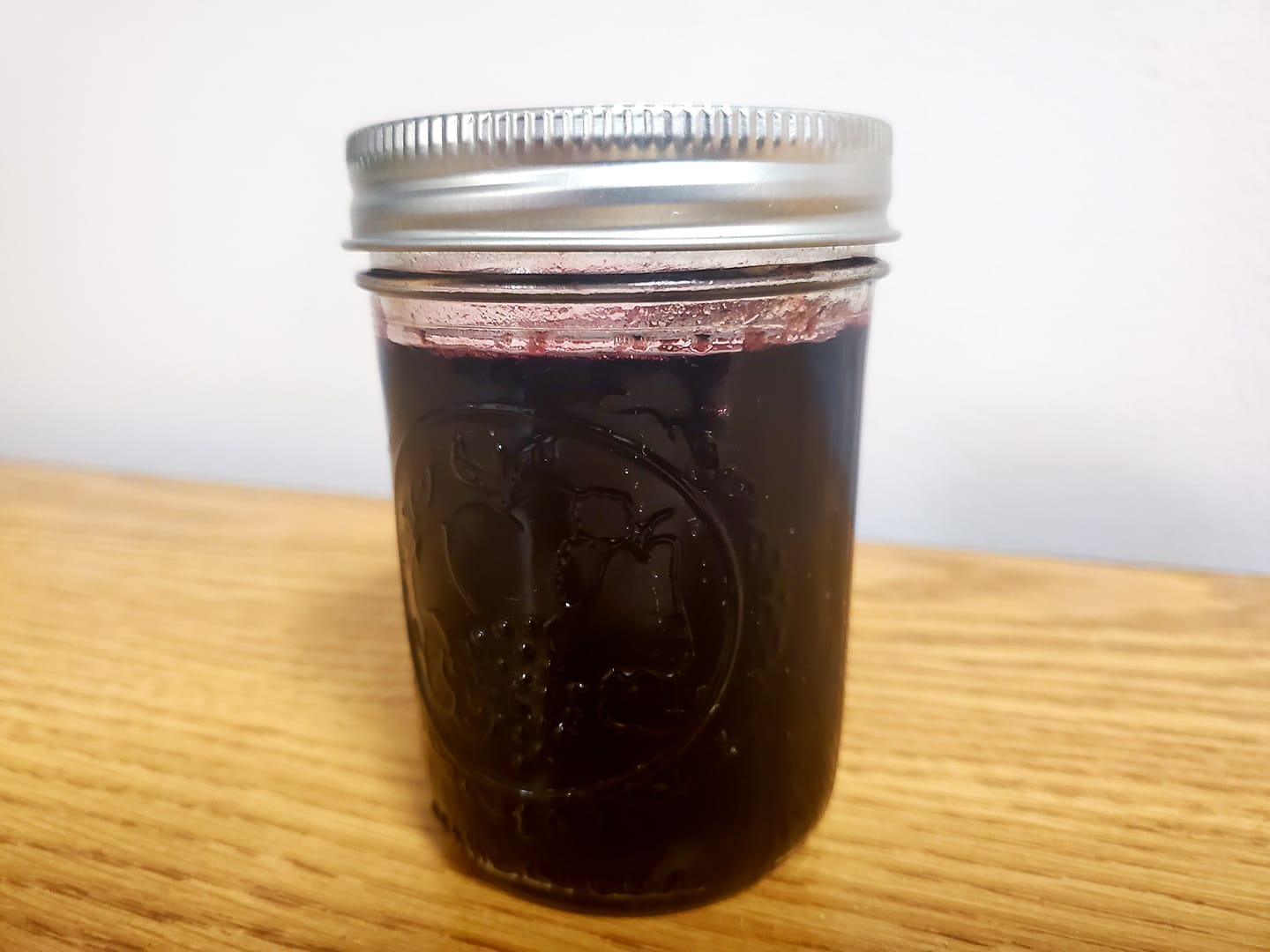
It is berry picking time in Nebraska or nearing it and not just for elderberries but for other popular wild berries and fruits as well. In fact, I have already gathered chokecherries, sand cherries and mulberries.
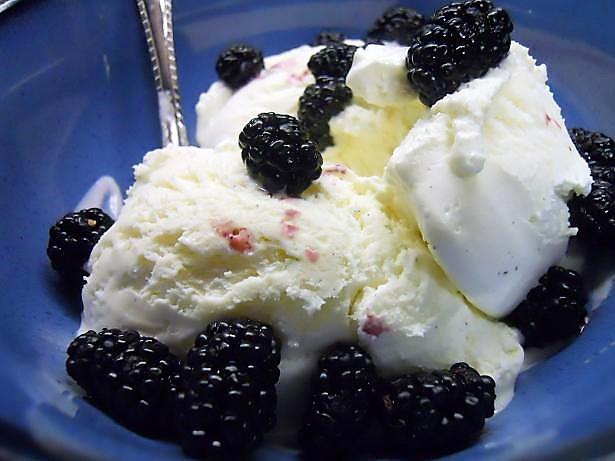
Yes, for some it’s too late. However, the bulk of edible wild fruits and berries in the Nebraska countryside are ready for harvest or soon will be!
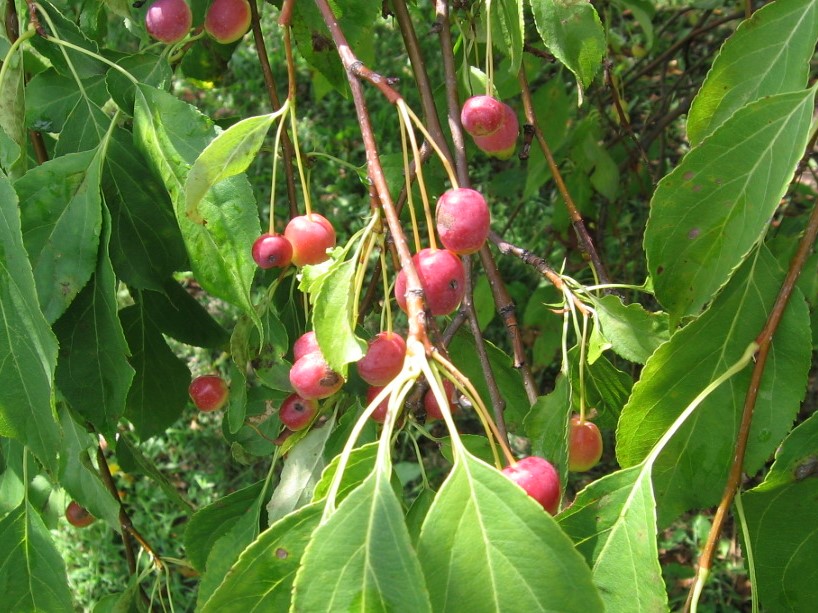
But, before you get started in the enjoyment of picking wild fruits and berries for the kitchen, here are the foraging rules, regulations and guidelines that you need to know.
Ask the farmer or rancher first! You must acquire permission from the landowner before gathering wild fruits on private property in Nebraska – even if it’s just across the fence along the edge of a public road. Think how you’d feel or what you’d do if the tables were turned! If you know the landowner, call or text message them in advance for permission to tread on their property. Additionally, you’ll find that rural landowners are wonderful resources of information about wild edible plants. You also need to ask an individual farmer or rancher if any potentially harmful pesticides or herbicides have been sprayed on or near the fruit or berries you intend to pick and what the rules are on their land. After the harvest, offer a gesture of thanks for being allowed on their property like giving them some of your bounty or sending them a gift card to a local hardware or agricultural equipment supply store.
Public lands available? For the Nebraska state park lands, by regulation, a person needs to consult the area park superintendent for permission to harvest wild fruits and berries for personal use by hand. If permission is granted, a current, valid state park entry permit will be required on the vehicle entering the park premises. Regarding state wildlife management areas, the picking or removal of fruits and berries is prohibited unless special permission has been granted by the wildlife division of the Nebraska Game and Parks Commission. Prior to foraging for any wild edibles on a given tract of public land, make certain to contact the governing authority of it to find out if foraging is allowable to do or not.
Where exactly to look (and not to look). Wild fruits and berries in the Cornhusker State can be found in many locations — along the edges of woodlands, fence lines, windbreaks, old shelterbelts, farm fields, pastures, overgrown meadows, ditches, abandon farmsteads and along rivers and creeks. Keep in mind that fruit trees/vines and berry bushes mainly thrive in the sun. Most berry plants appear from ground level on up to eye level, if not a little higher. As mentioned, field edges or meadow margins are good places to look. Also, take note: Often the best fruits are hidden in the middle of the plant. And, it is best to avoid fruits and berries next to busy roads: Besides of traffic safety concerns, roadside berries may collect heavy metals from exhaust or store toxins from roadside spraying. Make certain to gather your quarry from areas not treated with pesticides, herbicides or pollutants. Railroad track right-of-ways are off-limits for obvious safety reasons. It is good to familiarize yourself with the local ecosystem and habitat. Once wild fruit and berry plants are located, monitor them for ripeness and know that invasive Japanese beetles prefer their pleasant-smelling leaves.
Know what you’re going to pick. Nebraska has well over a dozen different kinds of edible wild fruits and berries, and you should understand and be able to recognize the characteristics of each. If you are not confident at identifying fruit-bearing trees or berry-producing plants, visit with someone who has picked wild fruits and berries for years, carry a reliable field ID guide, or use a handy, known and trusted mobile app on your Android or iPhone related to identification of various tree species or wild edible fruits and berries. By the way, if you see a bird eating a wild fruit, don’t assume that it is safe to eat! Birds eat many wild berries that are poisonous to humans. Don’t forget, raw elderberries are off limits for human consumption. If you’re a novice forager, it’s probably best to stick to fruits and berries that are easily recognizable and resemble the garden-variety types. I recall what my grandfather, Frank Hintz, used to say regarding wild edible plant identification: “Don’t eat what you don’t know!”

Have the right containers, bring extra ones and don’t compress your fruits and berries. Put your fruits/berries in a shallow bucket or basket. Lightweight plastic bowls also work well. It is okay to fill the container but be gentle and don’t apply pressure to compress or pack the fruits or berries. Bring more containers than you’ll think you need.
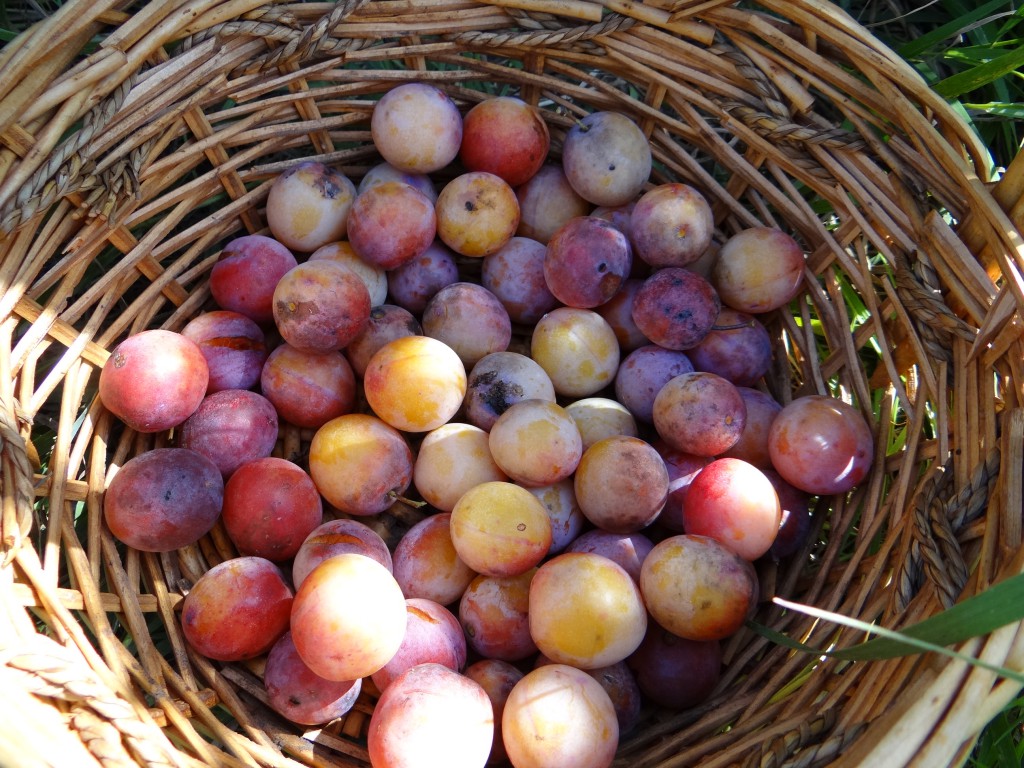
The gear. It doesn’t take much as far as gear goes for picking wild fruits and berries. You’ll need that container (shallow bucket or wicker basket), sunscreen or sunblock, insect repellent, old but comfortable shoes, and socks, short or long-sleeved shirt (preferred) and pants, plus a hat and bottle or two of cool water. You could also add a pocketknife and small first-aid kit to the gear list.
A bit of caution. While picking wild fruits such as plums, exercise a bit of caution. The twigs of some of these scrubby trees may be covered with dull pointed thorns that can sometimes prick you. Expect insects (e.g. wasps, mosquitoes, chiggers) to be present as well as irritating plants, to your skin (e.g. poison ivy, stinging nettles). Make a little noise to alert fruit-nibbling critters (e.g. fur-bearing animals, snakes, birds) of your presence, too.
When to harvest? Foraging for wild edibles is all about timing. It can be worthwhile to scout out some good berry picking patches early in the season and keep an eye on them as they ripen. For the most part, let your eye dictate when to harvest wild fruits and berries. Color and size are obvious indicators of their ripeness. Color usually changes to a more vibrant end of the color spectrum though, anywhere from red, orange, yellow, purple and blue (and/or combinations of those hues and others). Fruits and berries should be uniformly colored on the plant. However, color alone should not be the sole basis for harvesting fruits and berries. Equally important when harvesting fruits and berries is the smell of them. The aroma of fruits and berries becomes more fragrant as they ripen. Keep in mind that ripe fruits and berries yield to gentle pressure by the fingers, too, especially near the tip. There should be a little give to it. In addition, note that the skin of fruits and berries needs to be smooth and wrinkle-free. Ripe fruits and berries should also feel a little heavy for their size in your hand. When wild fruits and berries ripen depend on climate, weather and other factors. Picking fruits and berries at the right stage of maturity is crucial for the highest quality possible. Once found though, patches of wild berries and fruit-producing trees can be checked every year at about the same time.
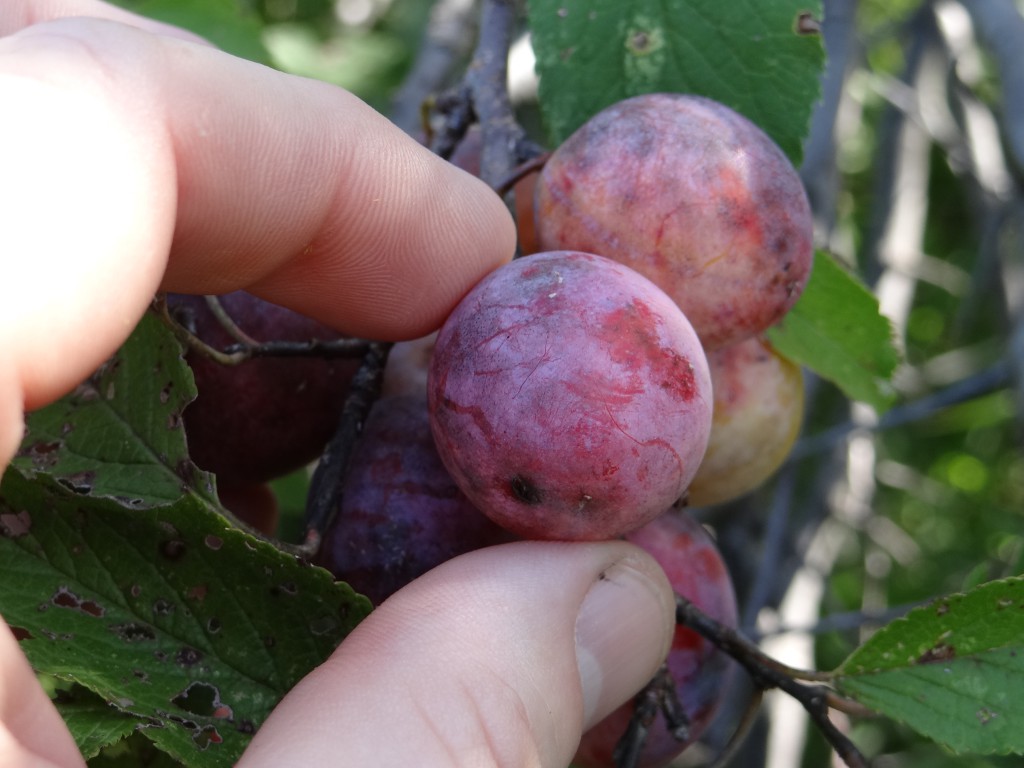
Sample the fruit, but not the elderberries. If you have never tasted wild fruits, you should try a couple before you collect a bunch, but not the elderberries. Eating elderberries that are not cooked thoroughly or unripe may cause poisonous effects if consumed, and so can eating the leaves, seeds, bark and roots of this plant. Proper preparation and proven recipes generally break down the toxins in the elderberries. When it comes to most other wild fruits and berries, there’s no point in picking something you don’t like and that may go to waste, so sample them. Wild fruits and berries tend to be tart to the taste, but keep in mind that many recipes call for ample amounts of sugar or sweetener to be added to counteract that sharp, sour taste. Let me point out that it certainly is a good idea to introduce new wild foods to your diet in a very small quantity to check for a reaction, and if you have a specific medical condition, seek advice from your physician before adding any new wild-grown foods to your diet.
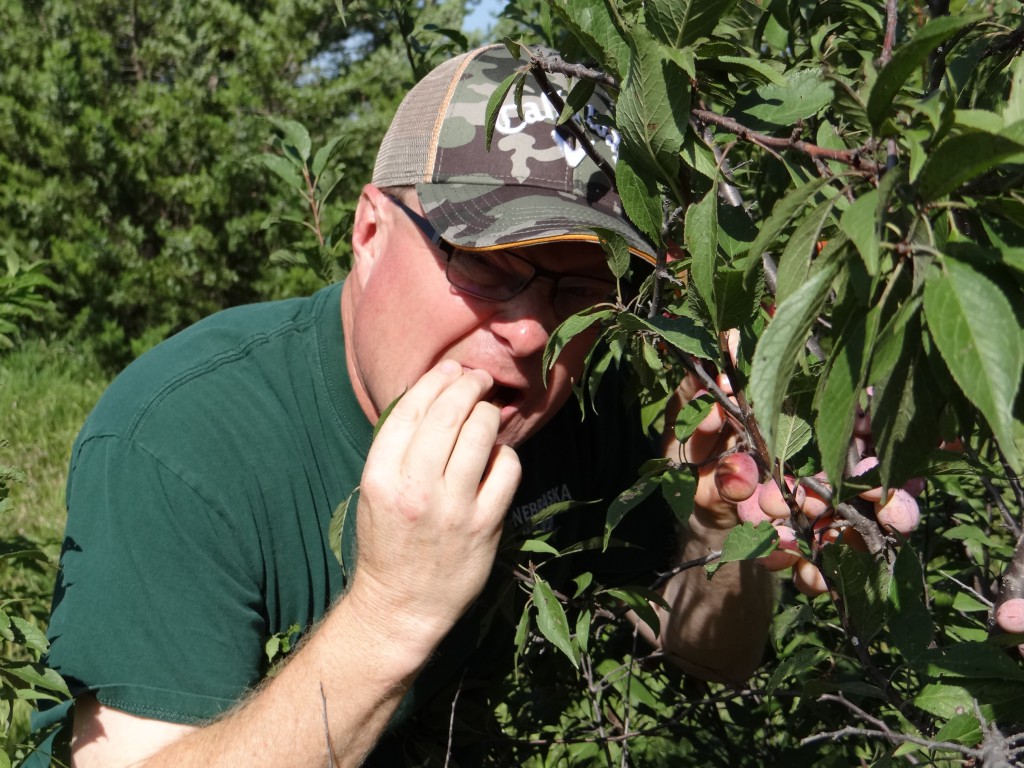
What to pick, when to go picking. Only harvest healthy-looking, robust fruits and berries, none with spots, mold, rot, signs of insect infestation or bites taken out by wildlife. Consider the foraging process to be comparable to what you would do if you were selecting the best pieces of produce at the supermarket. You should try to harvest your wild fruits and berries during the early morning hours (around sunrise) if possible before heat can build up within the fruits and berries making them mushy.

Take only what you can use, don’t damage plants. Don’t take more fruit than you can use, please. Remember that other people may want to harvest some wild fruits and berries, and these are important food sources for a variety of wildlife species. Why would anyone take an overabundance of fruit to let spoil and go to waste? Be mindful that no good forager breaks down or tramples fruit-bearing bushes.
Miscellaneous points. Foraging can be done solo or with a couple other folks. If you’re planning to go alone, tell someone what your itinerary is. Also remember to pack out your trash and recyclables and leave an area better then you found it!
After the harvest. Keep your wild fruits in the shade and get them into the refrigerator or an iced cooler as soon as you can. They’ll keep for a few days, possibly a week, in the fridge. Don’t wash them until right before you’re planning to use them. To wash, rinse the berries in cool water, discarding any rotten or squashed ones. Some veteran fruit pickers like to soak their fresh fruits for about an hour or so in saltwater to dislodge any small insects that might be hiding on or within them.
Can you freeze them? Berries are especially easy to freeze for use later. Set them in a single layer on a rimmed baking sheet and then put the sheet carefully into the freezer. When the berries are frozen, transfer them to freezer bags.
What to make with wild fruits and berries? There are so many things you can do with wild fruits and berries. Packed with vitamins, antioxidants and fiber, most wild fruits and berries can be eaten fresh off the bush (not elderberries) or taken home and used as toppings on cereals, salads and ice cream (no elderberries). They also can be made into smoothies, juices, jams, jellies, preserves, pies, cobblers, syrups, sauces and wines.

Involve kids. Get the kids in your family network to take part in the harvest of these various fruits and berries. And, complete the process by making goodies out of what you have gathered. The kids will have a blast! Foraging for wild edibles is among those wonderful family activities that help foster an appreciation of food and nature. Truly, there’s just something sort of magical about eating stuff found growing in the outdoors surrounded by a natural environment. It’s more important than ever to take kids on foraging adventures for wild fruit so they fully understand the origins of their food and how these fit into the locavore movement (an effort to eat food that is locally produced and not moved long distances to market)!
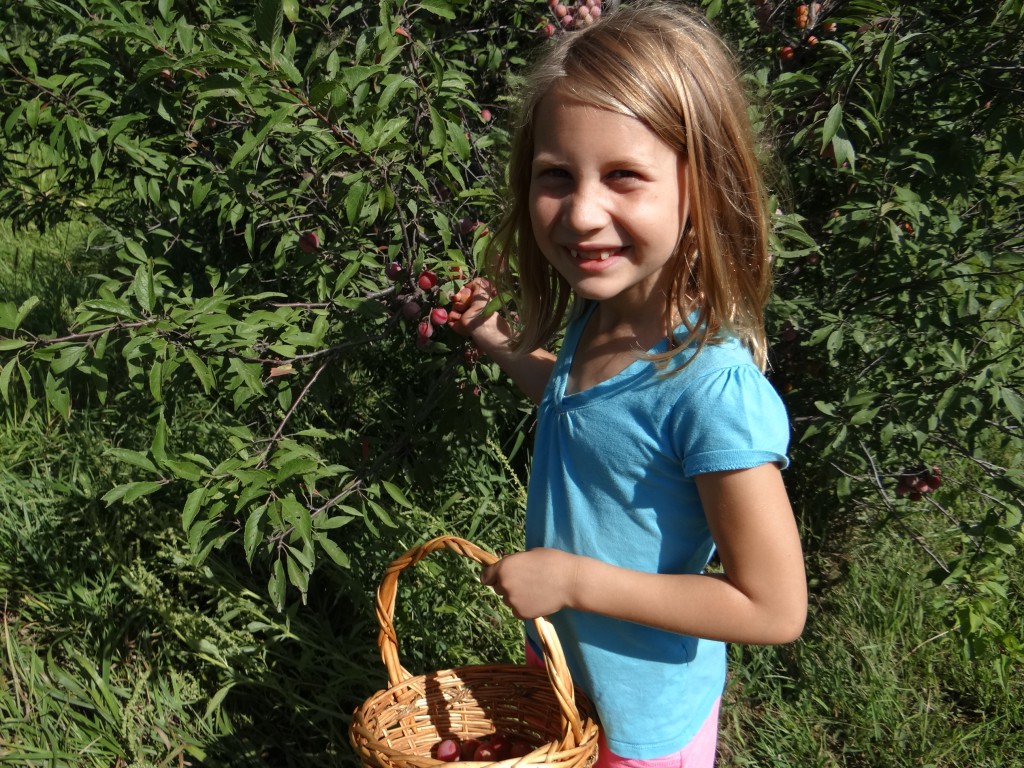
Gathering wild fruits and berries is good for personal, nutritious food procurement, Vitamin D absorption, calorie burning and some exercise. Getting to know wild edible plants a little better is sure helpful in keeping us mentally sharp, and for relieving stress and cooped up anxiety. Picking fruits and berries also fits perfectly into an individual self-reliance program. Time outdoors foraging for fruits and berries growing wild is indeed time well spent.

NOTE: If you plan to make syrups, jellies or wines, it is important to know when the fruit becomes available. These are the ripening periods for various Nebraska wild fruits and berries.
APPROXIMATE RIPENING DATES FOR FRUITS AND BERRIES IN NEBRASKA
Mulberry – mid-June to mid-July
Strawberry – mid-June to mid-July
Raspberry – late June to mid-July
Chokecherry – mid-July to mid-August
Crabapple – early August to late October
Aronia or black chokeberry – late August to early September
Currant – mid-July to early August
Sand Cherry – early July to early August
Gooseberry – mid- July to mid-August
Ground Cherry – July to September
Blackberry – late July to early August
Buffaloberry – late July to early September
Elderberry – mid-August to mid-September
Serviceberry (Juneberry) – June or July
Silverberry (Autumnberry or Autumn Olive) — September and October
Pawpaw – September or early October
Persimmon – September to October after the first hard frost of the year
Wild Grape – late August to early October* (the leaves are delicious and can be used as wraps)
Plum – late August to early October*
*light frost improves flavor
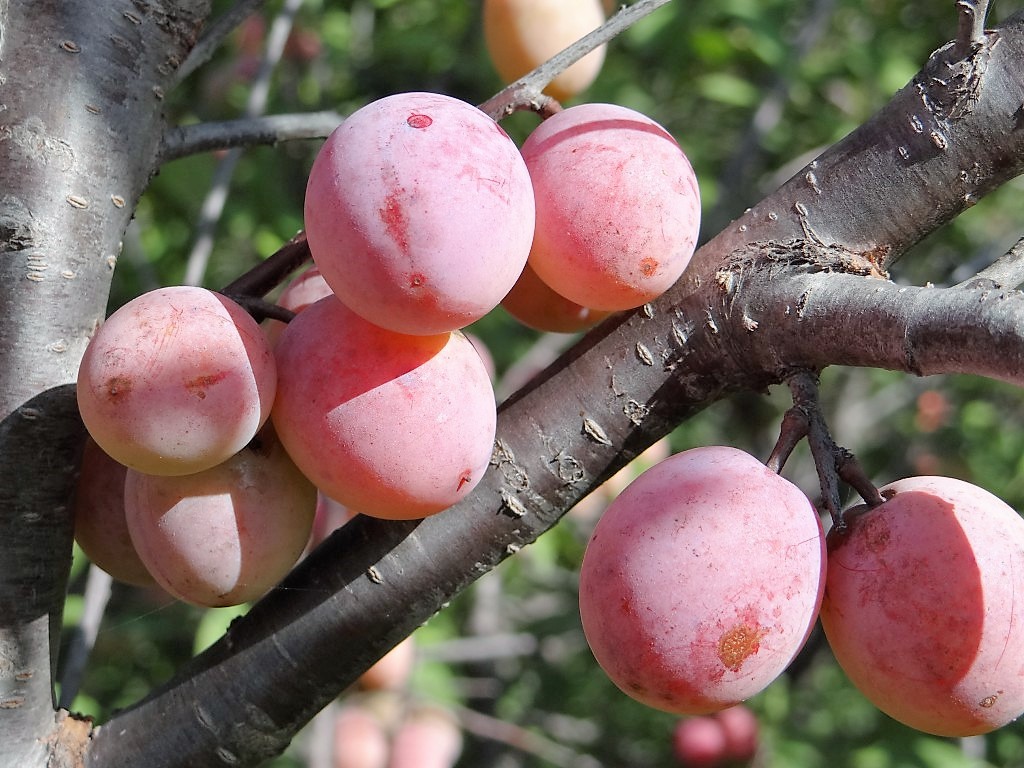
This blog post would not be complete without a recipe, right? So, here is a fun favorite of the Wagner family.
Plum Good Ketchup
Ingredients
2 cups cooked and strained plum puree
¼ cup apple cider vinegar
½ cup honey
1 teaspoon cinnamon
½ teaspoon ground cloves
a few scratches of nutmeg
½ teaspoon salt
pepper to taste
Directions
- Mix all the ingredients and bring this mixture to a very low simmer.
- Let the mixture cook until it thickens considerably.
- Taste while the batch is cooking and vary the amount of vinegar, sweetener and spices in this recipe to suit your tastes. Just keep tasting it until it hits the right notes for your palate.
- Let the mixture cook gently over low heat for 20 minutes, or until it reaches a thick, jam-like consistency.
- Keep refrigerated.
Enjoy!
About Wild Fruits and Berries
INTERESTING HISTORICAL FACTS: For Plains Native American tribes and early white settlers, gooseberries and currants, along with wild strawberries, plums, serviceberries and raspberries were the only available fruit. Native Americans enjoyed gooseberries and currants fresh, cooked, juiced or dried. Some tribes used currants, along with larger amounts of chokecherries and serviceberries, in pemmican – a winter staple of dried and pounded meat and berries to which melted buffalo fat was added. Settlers ate gooseberries and currants fresh, preserved and cooked into flavorful pies, jellies and jams.
WILDLIFE USE: Some 79 different species wildlife benefit from the elderberry shrub in one way or another, according to research done by the Nebraska Forest Service and National Arbor Day Foundation.
BEST FORAGING QUOTE: “Foraging is like fishing – you don’t necessarily want to go looking for anything specific, but just see what you can find.” — Lincoln, NE foragers Adam Hintz and Dustin Rymph in an interview with NET News.
GREAT REFERENCE BOOK: Wild Seasons: Gathering and Cooking Wild Plants of the Great Plains (Paperback — August 1, 1993) by Kay Young.

The post Foraging for Wild Fruits and Berries in Nebraska appeared first on Nebraskaland Magazine.















